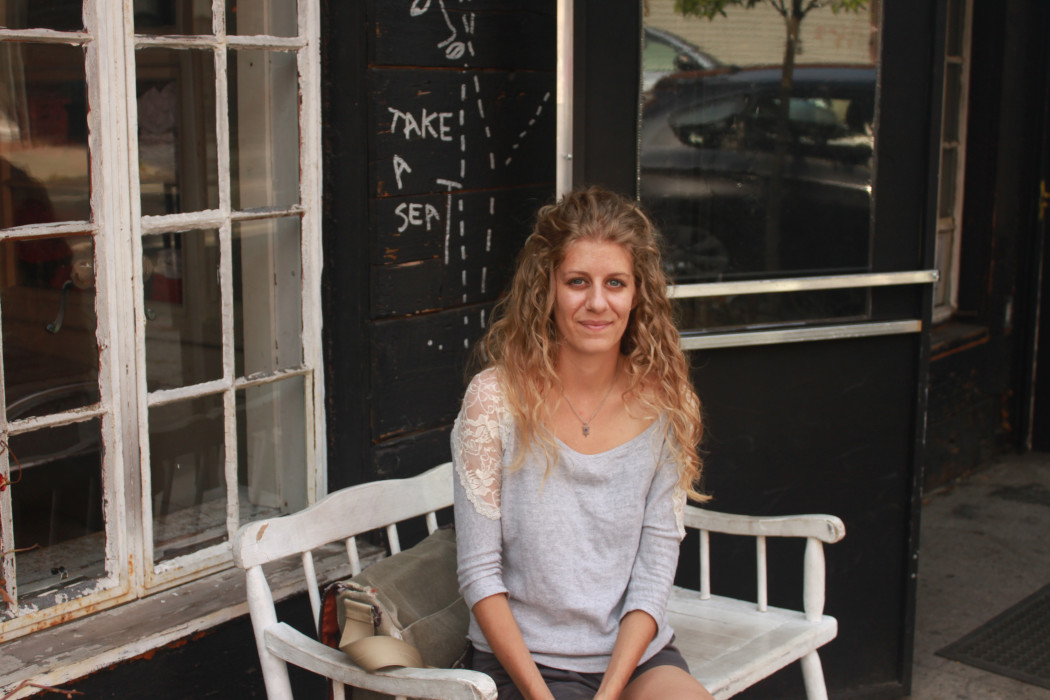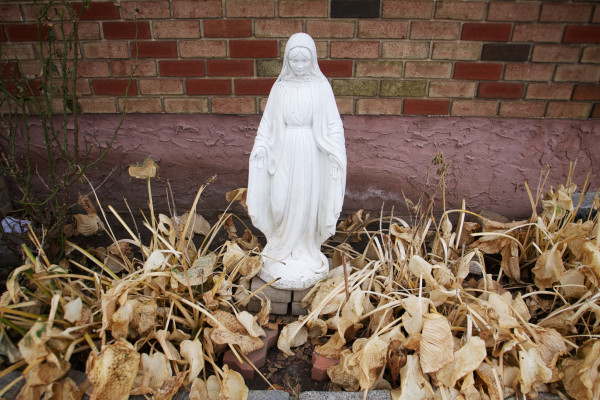After a friend agreed to introduce me to Meghan Dunn, a member of Occupy Sandy who volunteered at its hub at St. Jacobi Church in Sunset Park, Brooklyn, she asked me to read a Department of Homeland Security case study, “The Resilient Social Network,” first.
The 103-page study, which is available online, describes how Occupy Sandy grew out of Occupy Wall Street, the movement to protest societal disparities in wealth and to examine the institutional forces behind them, that began in Zuccotti Park in Manhattan on September 17, 2012. Lead authors Eric Ambinder and David M. Jennings cite a FEMA report stating that Occupy Sandy had approximately 60,000 volunteers at one point after the storm, with “no appointed leaders, no bureaucracy, no regulations to follow...just relief.”
Why did the group attract so many compassionate actors? The authors cite several reasons. One is that Occupy Sandy’s volunteer orientations were brief, and, without institutional rules to follow, volunteers could “offer their own skill sets or ideas to help solve problems.”
But beyond these benefits, the idea of “mutual aid,” which Ambinder and Jennings claim defined Occupy Sandy, may also have been at work. In contrast with an act of charity, which need not involve more than a remote, one-way transfer of resources from donor to recipient, an act of mutual aid involves productive, “egalitarian” dialogues between volunteers and storm-affected residents. As the authors write, these exchanges seek to determine community needs, as well as to effect the sense that residents can help meet them. In other words, mutual aid means demonstrating that “your struggle is my struggle,” they write.
When I met Dunn at Saraghina, a restaurant in Bedford-Stuyvesant, Brooklyn in late summer, the 31-year old doctoral student and activist told me that mutual aid helped facilitate her involvement with Occupy, which began about four months before Sandy hit. She came to New York from Boulder, CO, to research the rhetoric of the movement, and her host, who knew the nature and saw the pace of Dunn’s work—Dunn was “attending any and every meeting that I possibly could” for about two months—told her guest to forget about rent.
“We’re helping and giving back to one another through the relationship that we have,” Dunn said, characterizing the gesture.
The night before we met, Dunn, who wore a Star of David pendant around her neck, had joined a march over the Brooklyn Bridge to protest Israel’s recent military assault on the Gaza Strip and its occupation of Palestinian land. After its conclusion at 1 Police Plaza, Dunn joined a second march, this one to protest the shooting of Michael Brown in Ferguson, MO, that made its way to Union Square. First she followed police cars, and then participants’ tweets to get up to 14th Street.
On October 29th, 2012, as the hurricane reached the East Coast, Dunn started noticing Sandy-related messages on Twitter. The next day, she went to Red Hook, a waterfront neighborhood in Brooklyn, where she washed dishes at a community center serving local residents who had lost heat and power. By the next week, Dunn was building computer directories of Occupy Sandy volunteers and their skill sets at Jacobi Church, one of the network’s three hubs in Brooklyn. She also managed celly loops--text messaging exchanges that occur between a single source and multiple recipients, who can each respond solely to the source.
The operation at Jacobi changed some people’s perceptions of the Occupy movement. Dunn recalled a donor who texted her from a hardware store to find out what she should buy, and later arrived at the church in a white Porsche along with the store’s van, loaded with supplies.
“She actually worked on Wall Street, and she was like, ‘Wait a second. These are the same people as Occupy Wall Street?’” Dunn said.
After confirming the connection, Dunn said, and admitting that, no, Occupy Sandy volunteers weren’t necessarily skilled in post-hurricane relief--the donor “was bewildered how this was possible,” Dunn said--she explained that the network was applying the same communications techniques and creative thinking that Occupy Wall Street used to respond to economic issues to respond to a natural disaster.
“She was like, ‘That makes sense. Now, I get it,’” Dunn said. “And I heard that from a lot of people.”
In mid-July 2013, Dunn returned to Boulder to resume doctoral duties, and in September, she helped organize Boulder Flood Relief, a volunteer response to severe flooding in the region. She created the Twitter account @BoulderFlood, which has 1,281 followers and is still active today.
Dunn had avoided Twitter before studying the Occupy movement, but said that she now has twenty accounts, including @OccupyRhetoric and @OccupyTexts.
“I wanted to follow the movement,” she said. “The way that you did that was through Twitter.”
At the restaurant, Dunn said that she researched the etymology of “Occupy” in the New York Public Library, consulting Sanskrit, Greek, and Latin dictionaries. She found that the word had a rhetorical dimension, and could mean to “anticipate an argument.”
It could also suggest “trying to anticipate events or [a] response—trying to respond in a way that minimizes losses,” she said.

